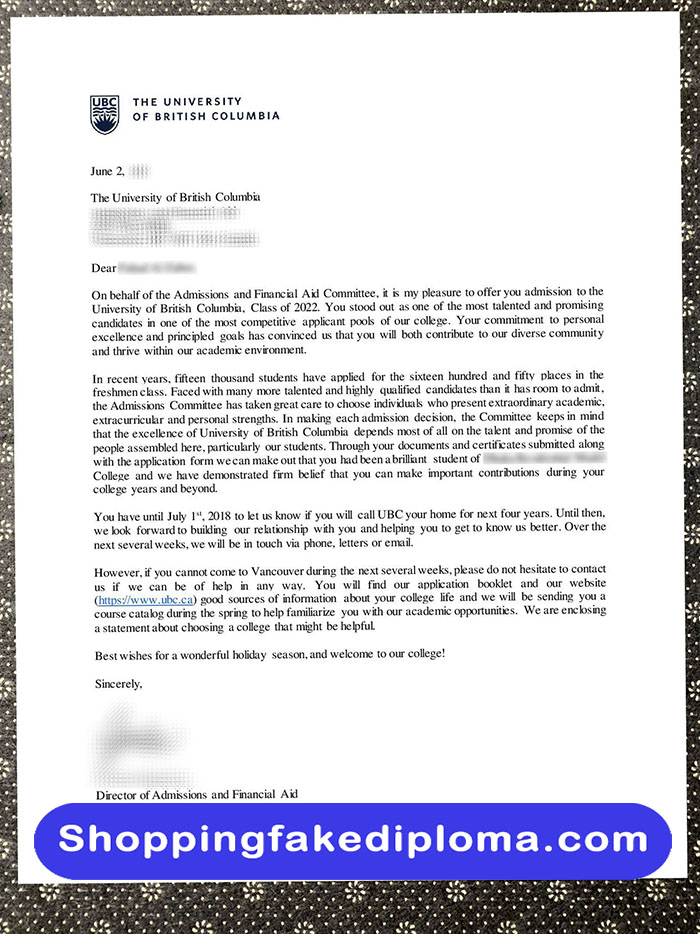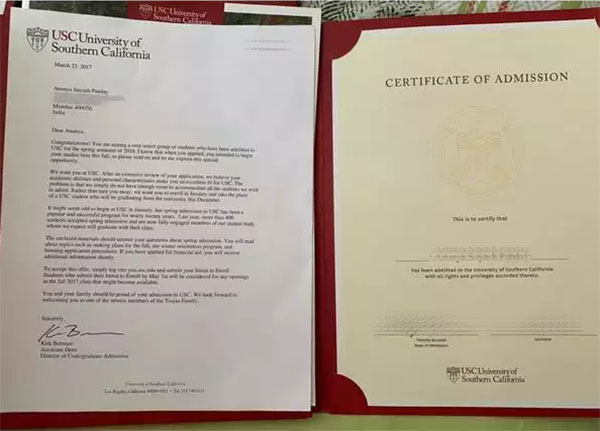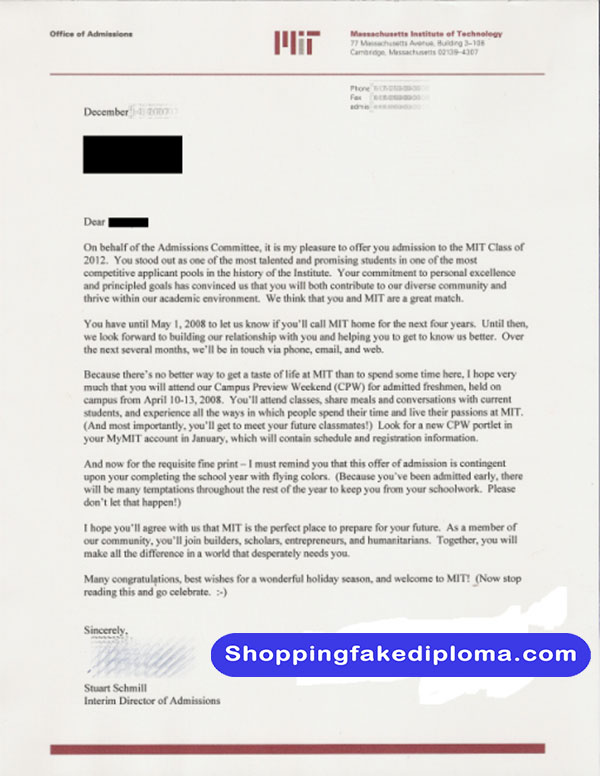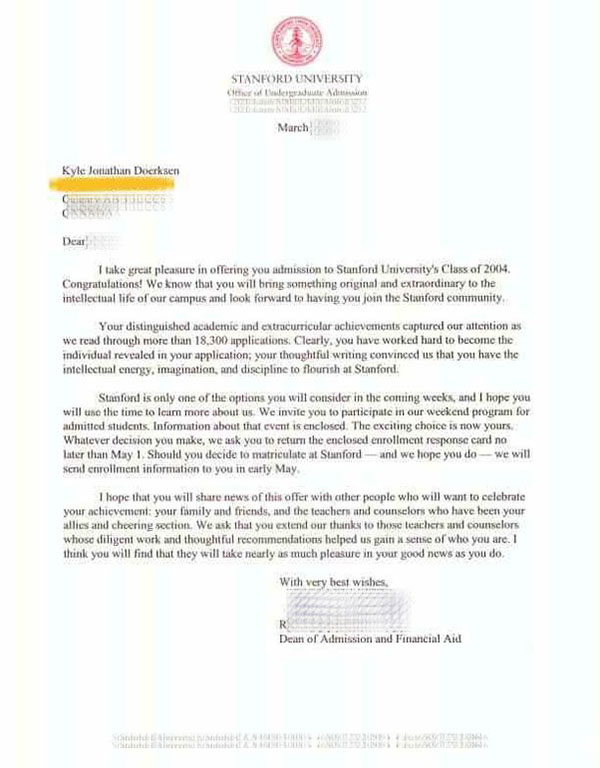
A University acceptance letter is a formal notification from a university or college to applicants that they have been admitted and formally invites them to join the incoming freshman class. A college acceptance letter is one of the most exciting moments in an applicant’s college application process and is an important factor in their decision to accept admission. Therefore, how to write an excellent college admission letter that makes applicants feel happy and honored, while also letting them understand the conditions and procedures for admission, is a question that every college admissions office needs to consider.
This article will provide you with some guidance and advice on how to write an excellent University acceptance letter, including the following aspects:
- Basic format and content of university admission notice
- Tone and style of college admission letter
- Things to note and common mistakes in university admission letters
- Examples and analysis of university admission letters
Basic format and content of university admission notice
A college admission letter usually includes the following parts:
- Letterhead: Include the name, address, phone number, website and other information of the university or college, as well as the applicant’s name and address.
- Opening: Open the letter with a short and warm statement to express welcome and congratulations to the applicant.
- Admission confirmation: Use a clear and formal sentence to confirm that the applicant has been admitted, and explain the major or program they have been admitted to, the start date and other information.
- Admission conditions: If any, list the admission conditions that applicants need to meet, such as submitting transcripts, paying deposits, participating in freshman activities, etc., and indicate the deadlines and contact information.
- Acceptance method: Tell applicants how to accept or reject admission and provide the corresponding link or form.
- Ending: End the letter with a friendly and expectant word to express your expectations and blessings for the applicant to join the university community.
- Signature: Include the name, position, email and other information of the director of the admissions office or other person in charge. Tone and Style of a College Acceptance Letter
College acceptance letters should use formal and polite language while also reflecting enthusiasm and sincerity. Here are some suggestions on how to choose the right tone and style:
- Use active voice instead of passive voice to make your letter more direct and powerful. For example, “We are pleased to offer you admission to …” is better than “We are pleased that you have been admitted to …”.
- Use simple and clear sentence structures and avoid complex or lengthy sentences to make the letter more readable and understandable. For example, “Please submit your official transcript by May 1, 2023.” is better than “An official transcript of your academic record is required to be submitted by you no later than May 1, 2023.”
- Make the letter more positive and encouraging by using positive and encouraging words and avoiding negative or limiting words. For example, “We are confident that you will succeed in …” is better than “We hope that you will not fail in …”.
- Use specific and vivid words instead of abstract or bland words to make the letter more concrete and vivid. For example, “You will join a diverse and talented community of…” is better than “You will join a good community of…”.
- Use consistent and unified formatting to avoid using inconsistent or confusing formatting to make your correspondence more consistent and unified. For example, use the same font, size, color, alignment, etc., as well as correct punctuation, indentation, blank lines, etc.
Things to note and common mistakes in college admission letters
University admission letters are an important communication tool between universities and applicants, so you need to pay attention to the following aspects and avoid some common mistakes:
- Accuracy: Check whether all the information in the letter is accurate, including the applicant’s name, major, start date, etc., as well as the name, address, phone number of the university, etc. Avoid spelling errors, grammatical errors, punctuation errors, etc.
- Be clear and clear: Make sure everything in the letter is clear and clear, without any ambiguity or ambiguity. Avoid ambiguity, contradictions, lack of logic, etc.
- Complete: Make sure the letter contains all necessary information and no important details are left out or overlooked. Avoid problems such as insufficient, incomplete, and irrelevant information.
- Prompt and timely: Make sure letters are sent to applicants at the right time, giving them enough time to make a decision and prepare. Avoid late deliveries, premature deliveries, missed deadlines, and more.
College Acceptance Letter Examples and Analysis
To give you a better understanding of how to write an excellent college acceptance letter, we provide you with the following examples of real college admission letters and briefly analyze them:
USC Admission Notice

This is the admission notice sent to applicants by the University of Southern California (USC). We can see that this letter contains the following parts:
- Letterhead: Include USC’s name, address, phone number, website and other information, as well as the applicant’s name and address.
- Opening: Open the letter with a short and warm word like “Congratulations!” to express welcome and congratulations to the applicant.
- Admission confirmation: Use clear and formal words such as “On behalf of the USC Office of Admission, I am pleased to offer you admission to the University of Southern California for the fall semester 2023.” to confirm that the applicant has been admitted, and Indicate that they are admitted to USC and will begin school in the fall of 2023.
- Admission conditions: Use simple and clear words such as “Your admission is contingent upon your maintaining your current level of academic achievement and personal conduct through graduation.” to explain the admission conditions that applicants need to meet, that is, maintain your current level of academic achievement and personal conduct through graduation. Personal conduct until graduation.
- Acceptance method: Use “Please visit you.usc.edu to accept or decline your offer of admission by May 1, 2023.” This is clear and convenient.
- Ending: End the letter with friendly and expectant words like “Again, congratulations on your admission to USC. We look forward to welcoming you to the Trojan Family.” to express your expectations and blessings for the applicant to join the USC community.
- Signature: Includes name, title, email and other information of Director of Admissions Office Timothy Brunold.
The letter uses formal and polite language while also expressing warmth and sincerity. It uses techniques such as active voice, simple sentences, positive words, and specific words to make the letter more direct, clear, encouraging, and vivid. It also uses a consistent and unified format, making letters more consistent and unified. It contains all the necessary information and no important details are left out or ignored. It is sent to applicants at the right time, giving them enough time to make a decision and prepare. All in all, this is an excellent college acceptance letter.
MIT admission notice

This is the admission letter sent to applicants by the Massachusetts Institute of Technology (MIT). We can see that this letter contains the following parts:
- Letterhead: including MIT’s name, address, phone number, website and other information, as well as the applicant’s name and address.
- Opening: Open the letter with a short and warm word like “Congratulations!” to express welcome and congratulations to the applicant.
- Admission confirmation: Use clear and formal words such as “You have been admitted to the Massachusetts Institute of Technology for the Class of 2023.” to confirm the applicant’s admission and explain that they have been admitted to MIT and will be admitted to MIT in 2023. graduate.
- Admission conditions: Use simple and clear words such as “Your admission is contingent upon your successful completion of the academic work in progress, as well as your continued good standing in your school and community.” to explain what the applicant needs for admission. conditions, i.e. successfully completing ongoing academic studies and maintaining good standing in the school and community.
- Acceptance method: Use clear and convenient words such as “Please visit my.mit.edu to accept or decline your offer of admission by May 1, 2023.” to tell applicants how to accept or decline admission and provide corresponding links. .
- Ending: End the letter with friendly and expectant words such as “We are delighted to welcome you to MIT and hope that you will join us in the fall.” to express your expectations and blessings for the applicant to join the MIT community.
- Signature: Include the name, position, email and other information of Director of Admissions Office Stu Schmill.
The letter uses formal and polite language while also expressing warmth and sincerity. It uses techniques such as active voice, simple sentences, positive words, and specific words to make the letter more direct, clear, encouraging, and vivid. It also uses a consistent and unified format, making letters more consistent and unified. It contains all the necessary information and no important details are left out or ignored. It is sent to applicants at the right time, giving them enough time to make a decision and prepare. All in all, this is an excellent college acceptance letter.
Stanford Admission Notice

This is the admission notice sent by Stanford University to applicants. We can see that this letter contains the following parts:
- Letterhead: Include Stanford’s name, address, phone number, website and other information, as well as the applicant’s name and address.
- Opening: Open the letter with a short and warm word like “Congratulations!” to express welcome and congratulations to the applicant.
- Admission confirmation: Use clear and formal words such as “On behalf of the Stanford University Board of Trustees, I am delighted to offer you admission to Stanford’s Class of 2023.” to confirm that the applicant has been admitted and explain that they have been admitted to Stanford and will graduate in 2023.
- Admission conditions: Use simple and clear words such as “Your admission is contingent upon your maintaining your current level of academic achievement and personal conduct through graduation.” to explain the admission conditions that applicants need to meet, that is, maintain your current level of academic achievement and personal conduct through graduation. Personal conduct until graduation.
- Acceptance method: Use clear and convenient words such as “Please visit admission.stanford.edu/portal/admitted to accept or decline your offer of admission by May 1, 2023.” to tell the applicant how to accept or decline admission, and Provide appropriate links.
- End: End the letter with friendly and expectant words such as “We are thrilled to welcome you to the Stanford community and hope that you will join us in the fall.” to express your expectations and blessings for the applicant to join the Stanford community. .
- Signature: Include the name, position, email and other information of Director of Admissions Office Richard Shaw.
The letter uses formal and polite language while also expressing warmth and sincerity. It uses techniques such as active voice, simple sentences, positive words, and specific words to make the letter more direct, clear, encouraging, and vivid. It also uses a consistent and unified format, making letters more consistent and unified. It contains all the necessary information and no important details are left out or ignored. It is sent to applicants at the right time, giving them enough time to make a decision and prepare. All in all, this is an excellent college acceptance letter.